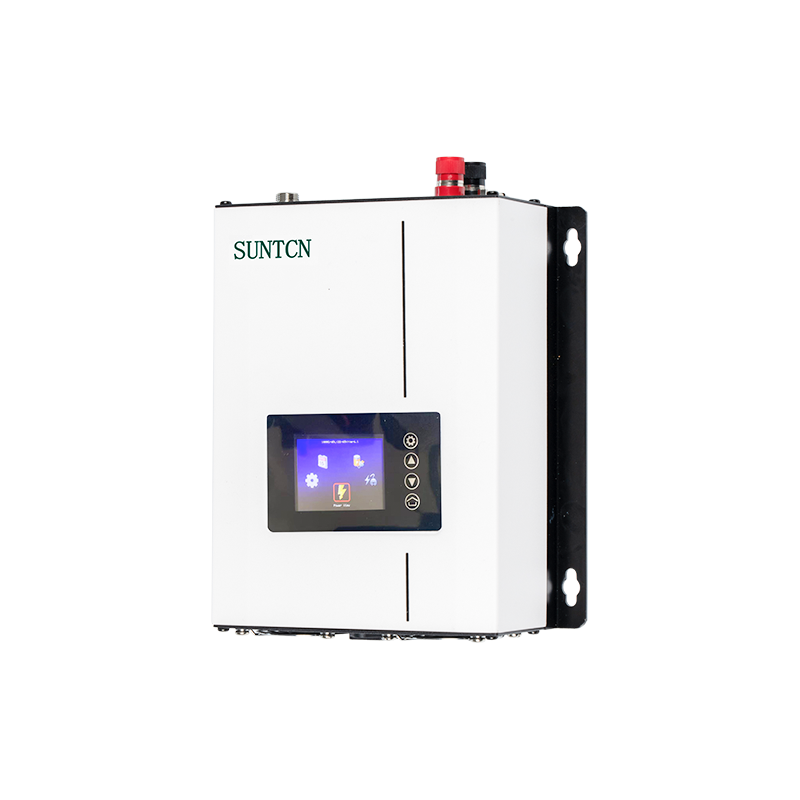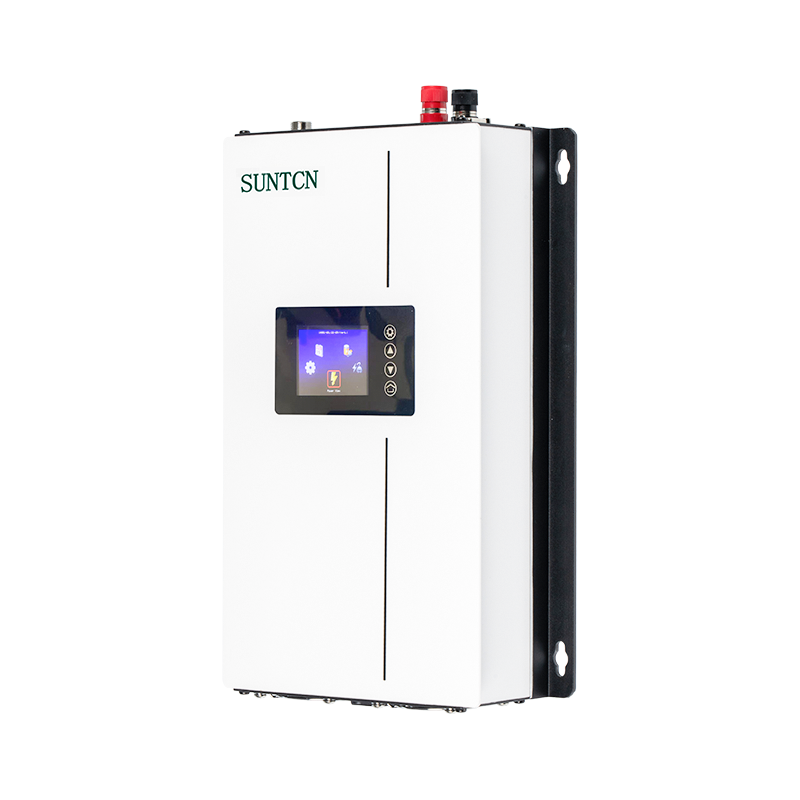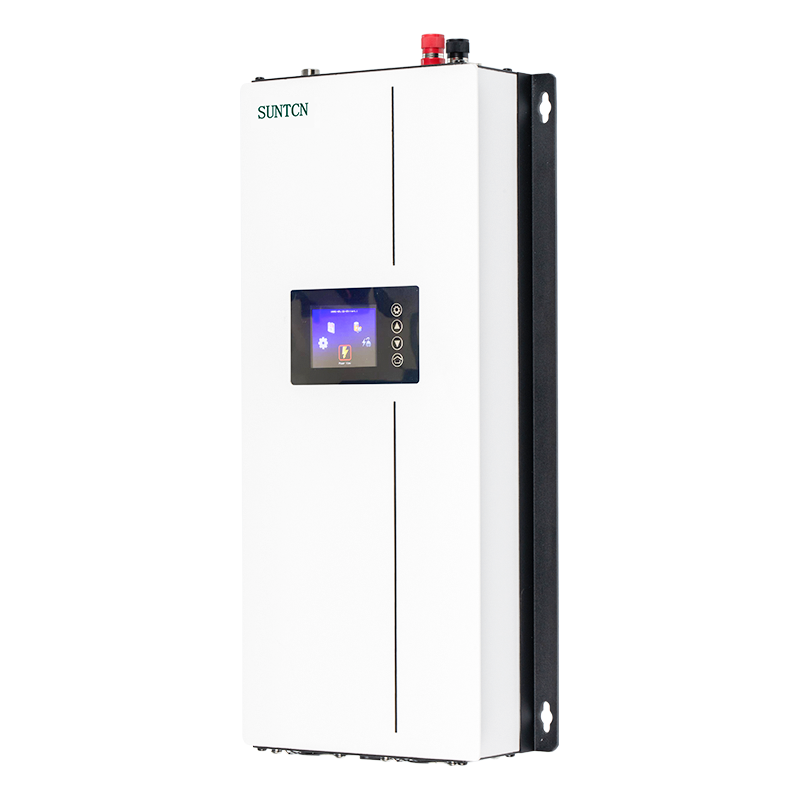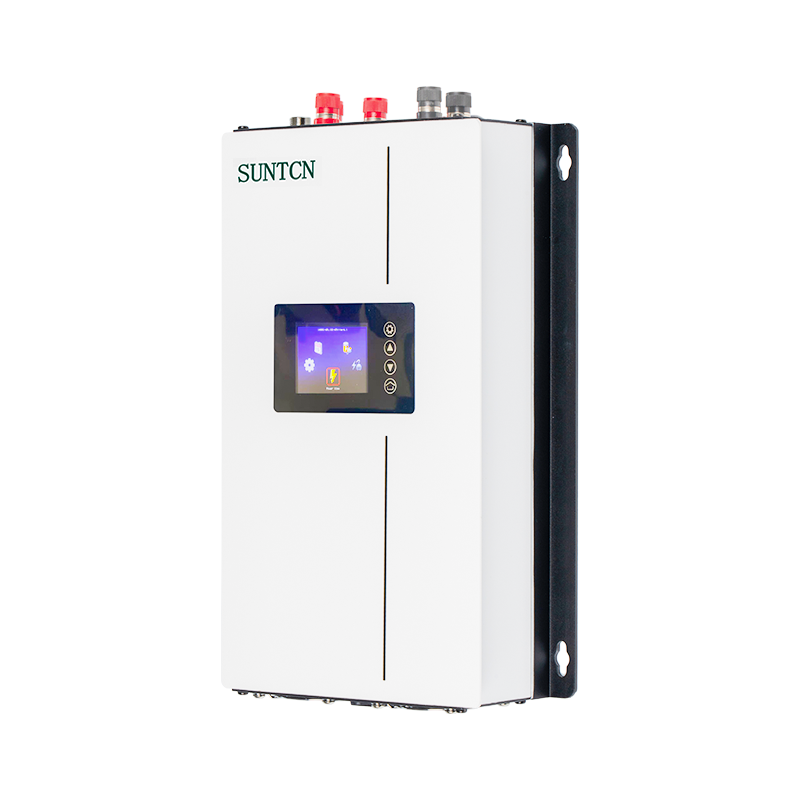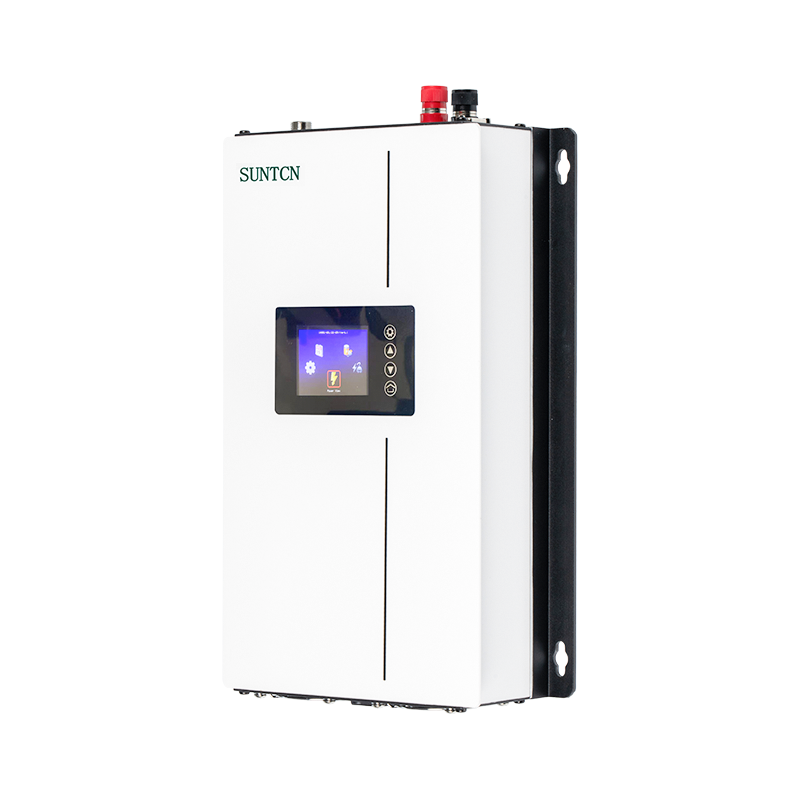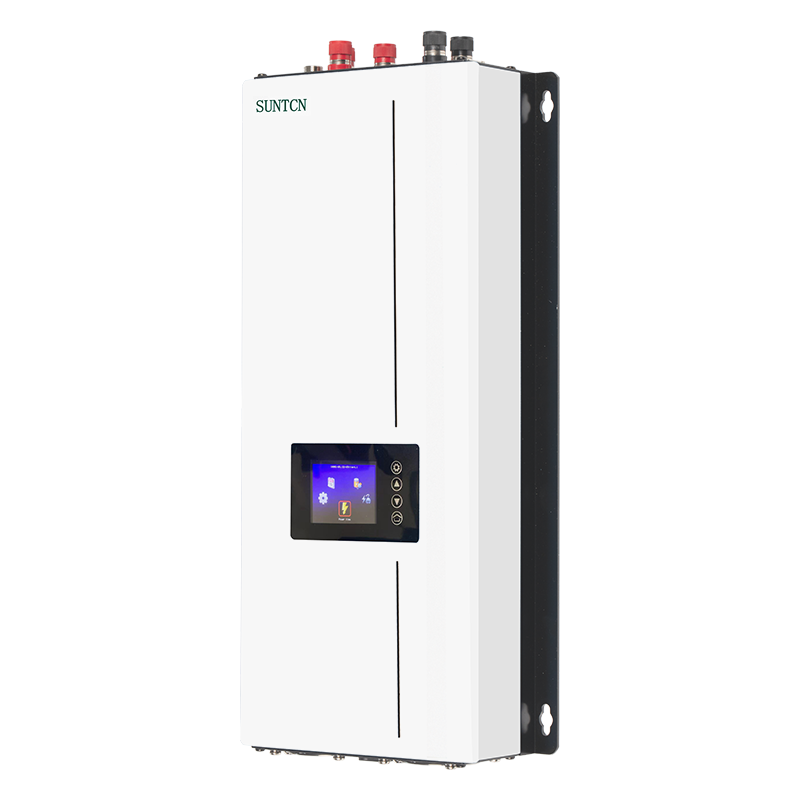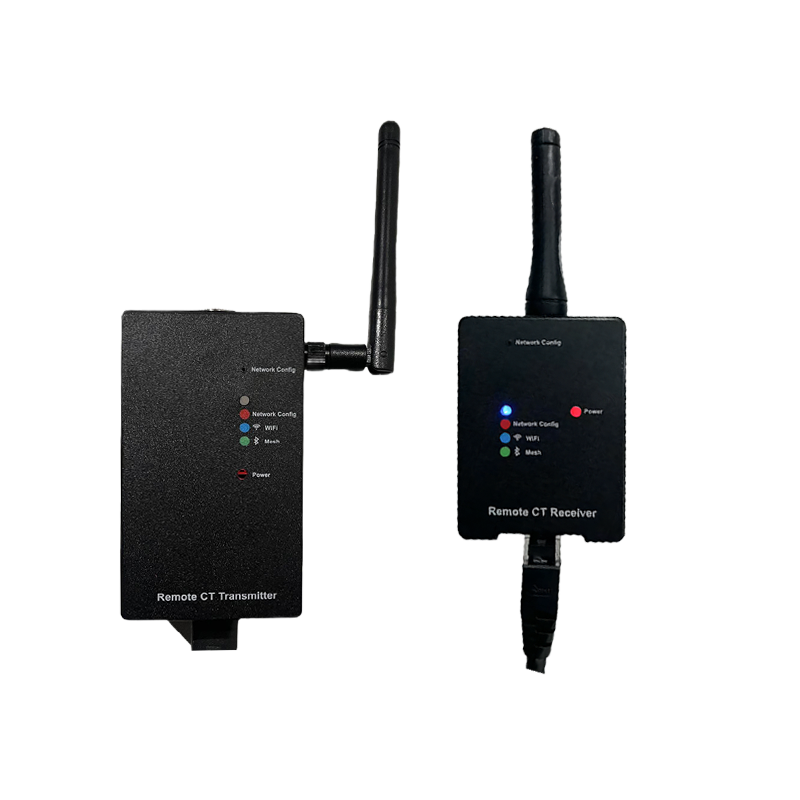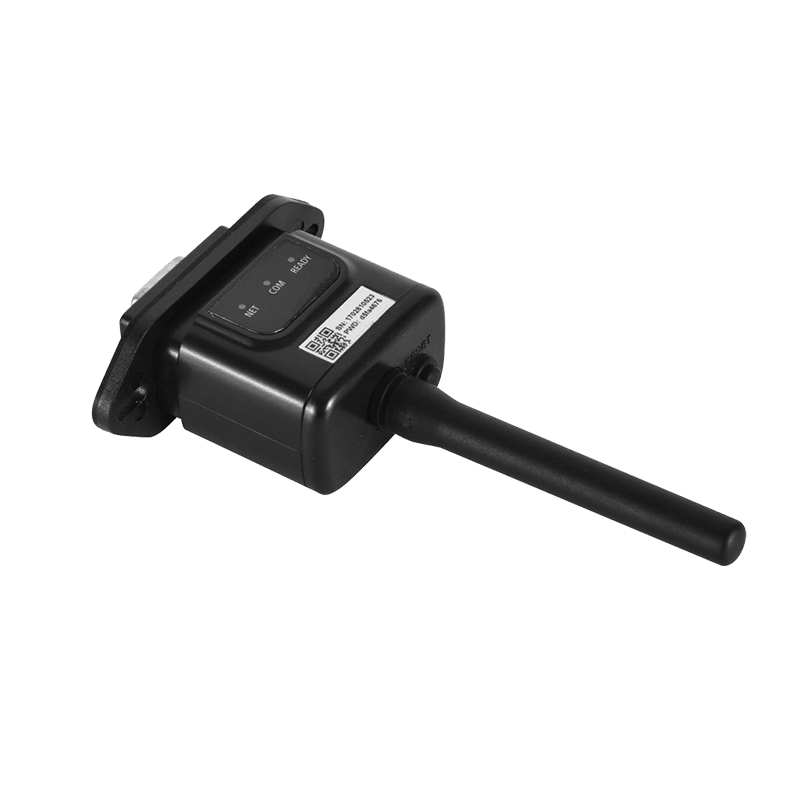The performance of a wind grid tie inverter in managing variations in wind speed and power output is crucial for optimizing energy conversion and maintaining grid stability. Here's how the inverter typically handles these variations:
1. Maximum Power Point Tracking (MPPT)
Purpose:
MPPT algorithms are used to continuously adjust the electrical load on the wind turbine to capture the maximum possible power at any given wind speed.
Function:
The inverter dynamically adjusts its input to match the turbine’s optimal power output point, ensuring efficient energy conversion across a wide range of wind speeds.
2. Voltage and Frequency Regulation
Purpose:
To ensure the inverter's output matches the grid's voltage and frequency specifications.
Function:
The inverter converts the variable DC voltage from the wind turbine into a stable AC voltage that conforms to grid standards, despite fluctuations in wind speed.
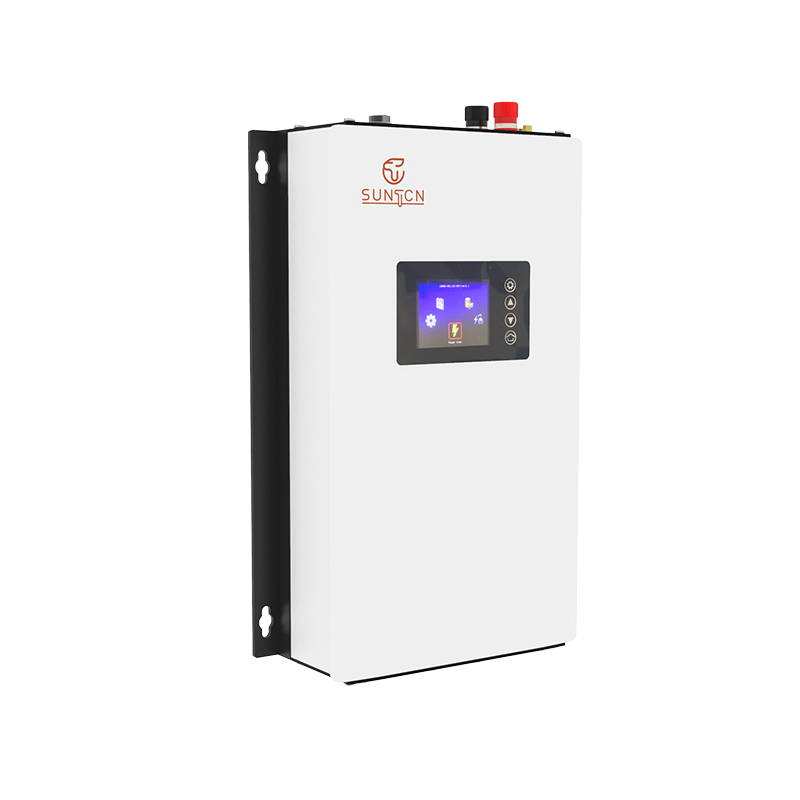
3. Overvoltage and Overcurrent Protection
Purpose:
To protect the inverter and connected systems from damage due to excessive power output.
Function:
The inverter has built-in protection mechanisms that automatically limit or shut down the system when input power exceeds safe operating limits.
4. Anti-Islanding Protection
Purpose:
To prevent the inverter from supplying power to the grid during a grid outage.
Function:
The inverter detects grid conditions and disconnects from the grid if it senses an outage, preventing potential hazards and equipment damage.
5. Dynamic Load Adjustment
Purpose:
To balance power output and grid demand in real-time.
Function:
The inverter adjusts the power output dynamically, matching the grid's current load requirements and preventing overloading.
6. Energy Storage Integration
Purpose:
To store excess energy generated during high wind periods for use during low wind periods.
Function:
Some advanced systems incorporate batteries or other energy storage solutions managed by the inverter, ensuring consistent energy supply despite wind variability.
7. Feedback and Monitoring Systems
Purpose:
To provide real-time data on performance and operational status.
Function:
The inverter continuously monitors wind speeds, power output, and grid conditions, adjusting operations as necessary and providing feedback for maintenance and optimization.
8. Smoothing Algorithms
Purpose:
To reduce the impact of rapid fluctuations in wind speed on power output.
Function:
The inverter employs algorithms that smooth out power variations, ensuring a more stable and predictable output to the grid.
Practical Example
Low Wind Speed:
The wind turbine generates less power. The inverter, through MPPT, adjusts to extract the maximum possible power while ensuring that the voltage and frequency remain stable.
High Wind Speed:
The turbine generates more power. The inverter limits the output if it exceeds safe operating limits, protecting the system and ensuring compliance with grid standards.
Wind grid tie inverters manage variations in wind speed and power output through a combination of MPPT, voltage and frequency regulation, protective mechanisms, dynamic load adjustment, energy storage integration, monitoring systems, and smoothing algorithms. These technologies work together to maximize energy harvest, protect equipment, and ensure stable grid integration.

 English
English Español
Español Deutsch
Deutsch